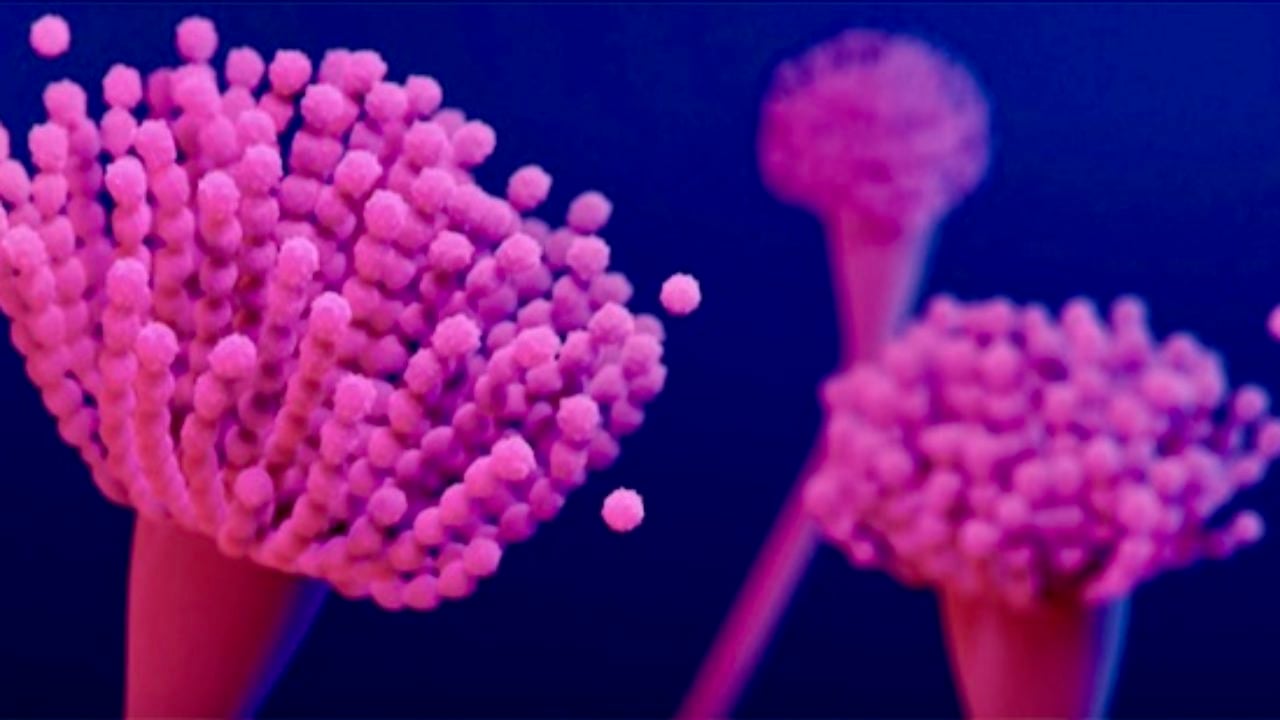Yeast and mold are organisms of great importance to the food industry. These members of the fungi kingdom are very different from bacteria, including differences in basic cellular structure and how they reproduce. Hundreds of yeast and mold species have been isolated from foods. Due to their ability to grow over various environmental conditions, very few foods are entirely safe from fungal spoilage.
At some point in our lives, all of us have observed some sort of mold spoilage – be it on a piece of bread or peach you left sitting on your kitchen counter for an extended period. The following section describes key yeast and mold characteristics that differentiate them from bacteria and important considerations to help prevent potential contamination associated with these microorganisms.
6 Key Characteristics of Yeasts and Molds
1. Appearance
Yeasts typically exist as single cells with no spores, although some can form strings of connected budding cells known as pseudohyphae. They reproduce by budding, meaning a single organism divides into two separate but identical entities.
Molds are multicellular organisms in long, often colorful filaments known as hyphae. The hyphae can form a visible mass known as mycelium. This is the cottony growth that gives mold spoilage its distinctive look.
2. Nutrition
Yeast and mold are heterotrophic (require organic compounds for food) and digest their food externally by releasing hydrolytic enzymes into their immediate surroundings, then absorbing the resulting nutrients.
Most yeast can break down carbohydrates and cause fermentation. As a result, most yeast spoilage is detectable as ‘off’ flavors or odors or through gas production, often occurring in low pH, high sugar products.
3. Oxygen Levels
Yeast can grow in aerobic and anaerobic conditions.
Molds are aerobic organisms and cannot grow well under limited oxygen conditions.
4. Acidity
Yeast and mold can grow throughout a broad pH range, from about pH 2 to above pH 9.
5. Temperature
The temperature growth range of yeast and mold is 0 – 50° C, although most important for food spoilage are mesophilic, meaning they grow between 15 – 30° C. As with pH, this broad growth temperature range helps explain why yeast and mold can grow and cause spoilage in various products.
6. Moisture Levels
Unlike most bacteria, fungi require relatively low moisture levels for growth, typically growing at water activities of ≤0.85. They will out-compete common bacteria under harsh growth conditions of limited moisture and extreme pH.
Considerations To Help Prevent Potential Contamination
To prevent yeast and mold spoilage issues, it’s important to consider the product’s intrinsic factors of pH, water activity and antimycotic ingredients and additives, the extrinsic factors of oxygen and temperature, and the hygienic status of your product, packaging materials, and production equipment. When developing new products, or modifying processing or packaging systems, keep these points in mind and evaluate how processing changes could allow fungi growth and affect the overall quality of your finished product.
As seen above, fungi can survive and grow in various products and ingredients. At Mérieux NutriSciences, we can protect your brand from the dangers of yeast and mold spoilage.
